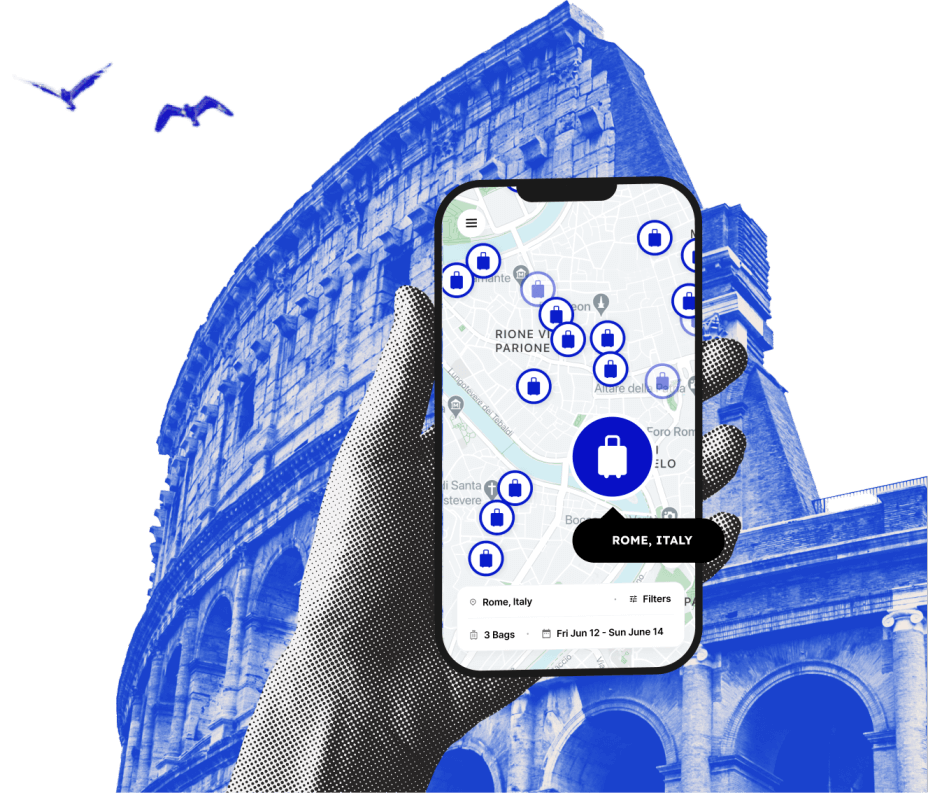10 Wellness Tips for Travelers
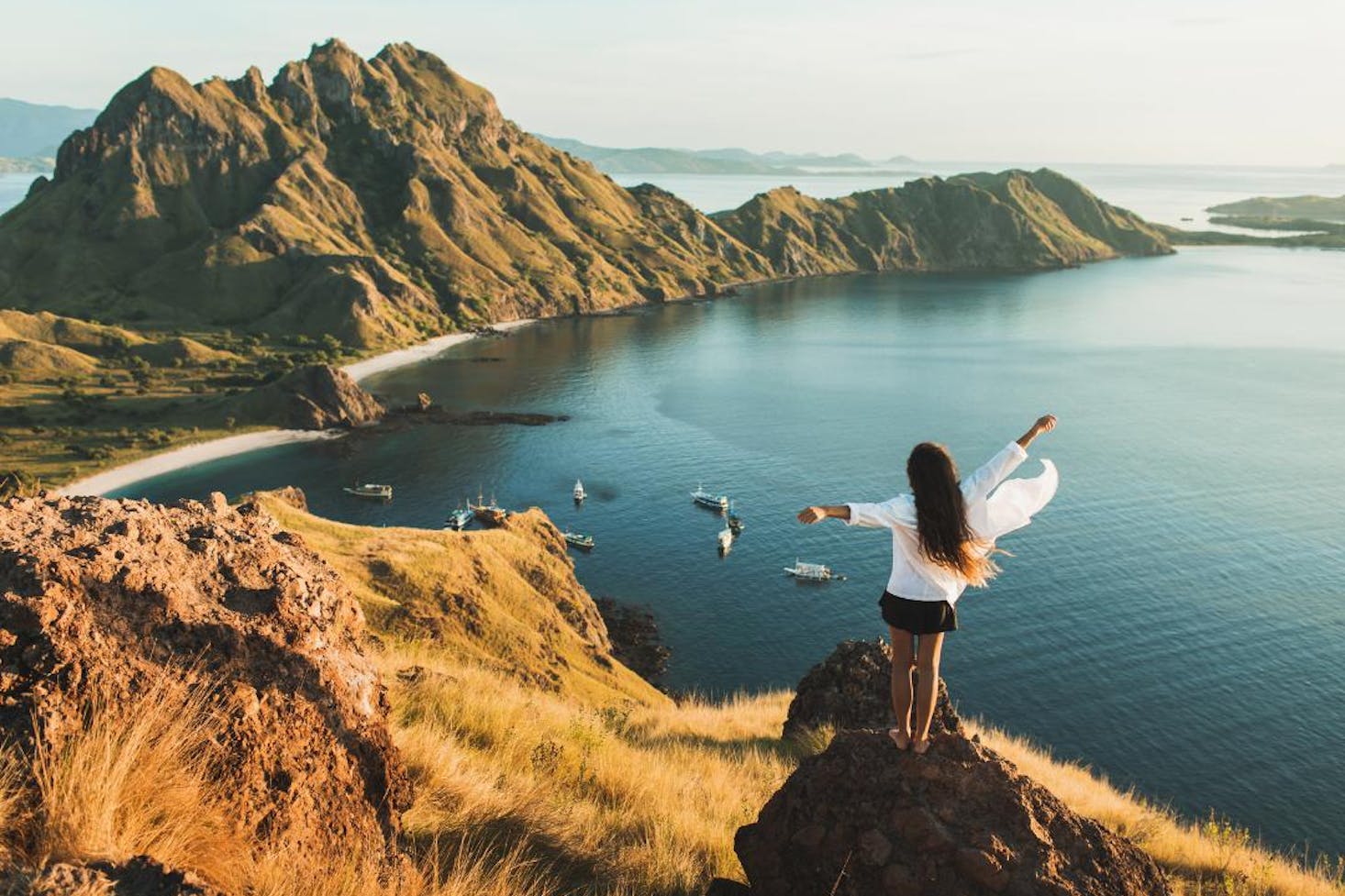
Breslavtsev Oleg // Shutterstock
Frequent travelers will tell you that travel and wellness go hand in hand. A prime example is Jonathan Look Jr., who retired early to travel for personal growth. “If you go to faraway places and get outside of the comfortable bubbles that we build around ourselves, you will become more informed,” Look wrote in a 2018 Forbes article.
This drive to travel has led to several well-being trends, including regenerative travel, voluntourism, and wellness travel. Don’t worry though—you don’t need to retire early like Look to explore the wellness benefits of traveling. To help you reenergize with minimal travel stress, Bounce researched some of the best recommendations for maintaining wellness while on the road.
Discovering the world can be as easy as walking out the front door and exploring your neighborhood to engage with the nature, culture, and community that’s commonly overlooked. Lucky for us, the world—as they say—is our oyster.
Feeling some trepidation due to COVID-19? By taking precautions, it’s possible to explore the world safely. It’s important to review the COVID-19 guidelines for your destination as well as the recommendations from the Centers for Disease Control and Prevention. Make sure vaccinations are up to date, carry proof of vaccinations (required in many places, including restaurants), wear a mask, self-monitor for symptoms, and test before and after traveling.
Most importantly: Get out there! Travel fuels passions and sparks inspiration, something everyone needs.
Find luggage storage near you
If you’re travelling, sometimes you need a place to put all of your suitcases. Bounce is the easiest way to find luggage storage near you - wherever your travels take you.

Love discounts and traveling?
Sign up for our newsletter and get 10% off your next booking.
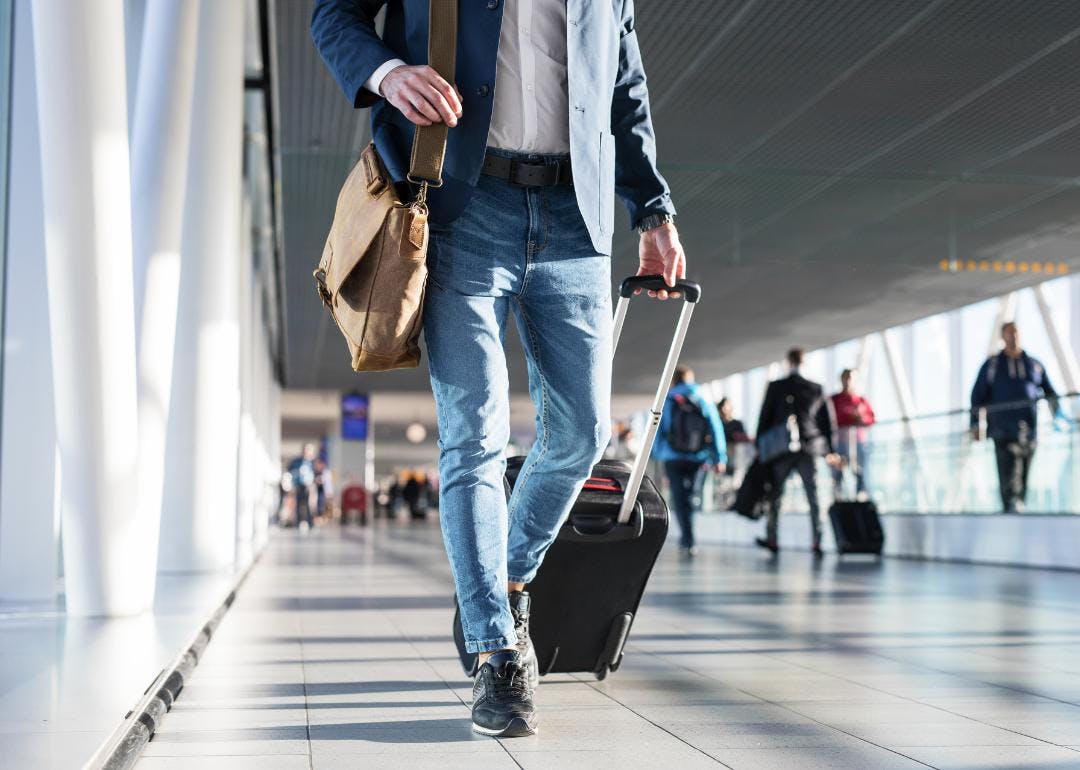
Kaspars Grinvalds // Shutterstock
Get active
Staying active while traveling is key. Flying, for example, often involves prolonged periods of sitting. In an interview with NPR, John A. Heit, a hematologist at the Mayo Clinic, recommended moving one’s legs every two hours during flights. For some, sitting still for too long can lead to deep vein thrombosis, otherwise known as blood clots. Travelers who have a family history of blood clots or other risk factors can take steps like wearing compression socks during flights and continuing to stand up, stretch, and move when it’s safe to do so on the plane.
Once you land, don’t let your workout routine fall by the wayside while traveling. Keeping those endorphins revved up and putting forth all the benefits of exercise—among them better sleep, improved brain function, and an elevated mood—is important when on the road.
Research whether your home gym has satellite locations in the town you’re visiting. Many destinations lend themselves to fitting in a workout, such as trekking along forest trails or urban hiking while exploring a city, kayaking along a local river, or running stairs in the hotel. Speaking of hotels, most have fitness rooms open to guests. Others even offer in-room workout programs. Check with the concierge to see what’s available onsite or if there are recommendations in the area. However you do it, just keep moving!
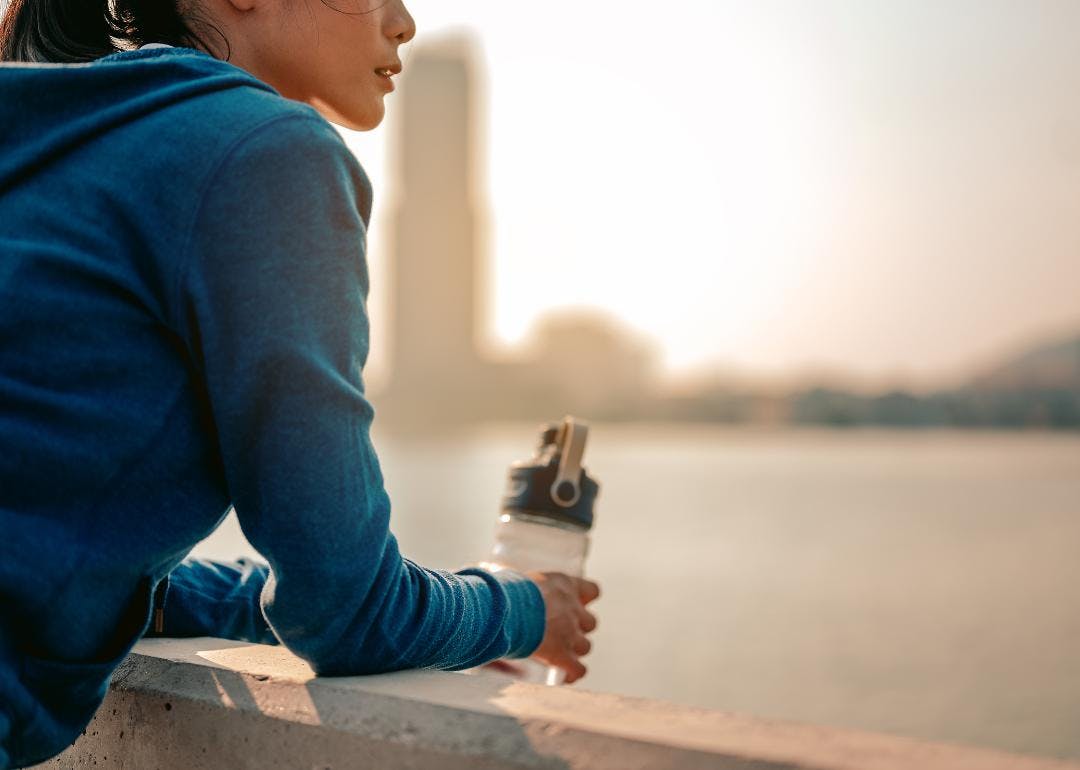
Day Of Victory Studio // Shutterstock
Stay hydrated
Flying can lead to dehydration. The best way to stay properly hydrated is by drinking approximately 8 ounces of water for every hour of flight, per the Aerospace Medical Association. Worried the plane won’t supply enough H20 during the trip? Consider bringing an empty drinking container to the airport and filling it with water after going through the security checkpoint. You could also purchase water in the terminal before boarding. If you decide to drink alcohol while flying, add an extra 8 ounces of water for every glass of wine or cocktail.
Hydrating can also stave off jet lag. A secret weapon for some travelers when tackling jet lag is consuming drinks packed with electrolytes, such as electrolyte-infused water, coconut water, or a sports drink.
If your destination is at a higher altitude than you’re accustomed to, the Institute for Altitude Medicine recommends consuming an additional 1 to 1½ liters of water each day. It’s important to note that too much water can lead to hyponatremia. When this occurs, the body’s sodium level becomes too diluted, possibly leading to headaches, confusion, weakness, vomiting, seizures, and coma. The Mayo Clinic advises that if you don’t feel thirsty and your urine is pale yellow, you don’t need to take a sip.
Find luggage storage in Lisbon
Bounce is the easiest way to find luggage storage facilities in Lisbon to give you a place to drop off your baggage while you explore.
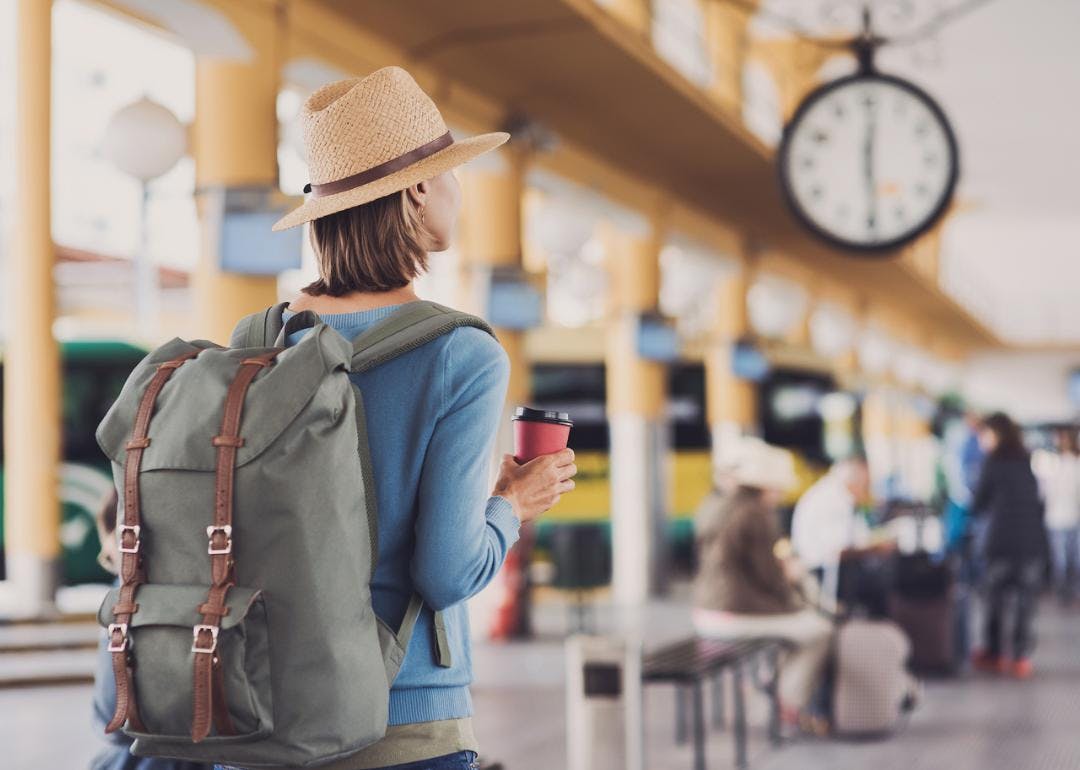
Kite_rin // Shutterstock
Get proper sleep
Early morning or red-eye flights can throw off your circadian rhythm, which is your body’s delicate sleep-wake cycle. A lack of sleep can lead to low energy, irritability, and decreased alertness, something particularly dangerous when driving or when needing to stay alert. Proper sleep before, during, and after a trip improves the travel experience.
The John Hopkins Center for Sleep recommends adjusting one’s sleep schedule three days prior to a trip by either adding or subtracting an hour each night leading up to the trip. The science behind this process: The body takes one day to adjust to each time zone change. Tweak your sleep schedule beforehand, and it’s possible to avoid disruptions.
Some sleep aids include a neck pillow, eye mask, small throw blanket from home, ear plugs or noise-canceling earbuds/headphones, and aromatherapy oils (lavender is a great go-to).
Upon arriving at your destination, try to sync with the local time zone. This means staying up after the flight despite craving pillow time. Taking a walk and exploring new surroundings will engage the brain, and exposure to the area’s sunlight will help your circadian rhythm adjust.

Sveta Y // Shutterstock
Eat healthy foods
Researching restaurants to try may be your favorite part of planning the trip. It’s important not to overlook planning healthy food in-between all the local specialty fare, though.
For those meticulous travelers with packing lists, make sure you have healthy food on hand throughout a trip. Items that don’t require refrigeration, like nuts, apples, protein bars, dried fruit, and jerky, are good options. A cooler pack opens the door to things like string cheese, yogurt, hard-boiled eggs, mixed fruit, hummus, crudité, and sandwiches. These items will be appreciated during delays, when a flight or train ride doesn’t have food onboard, or when roadside options are lacking. Having a stash is especially important for those with food allergies.
Pondering meal choices at your destination? Go local. Visit local grocery stores to see what produce they carry. Visit a farmers market or try some street food. Concern about food-borne illnesses can be a valid concern. With this in mind, ask the hotel concierge for street food and restaurant recommendations. Check the lines. Are they tourists? Locals? Is the venue popular? Want to try as many restaurants as possible, but don’t have time to pack many in on the itinerary? Book a food tour that includes stops at several restaurants to sample different types of dishes.
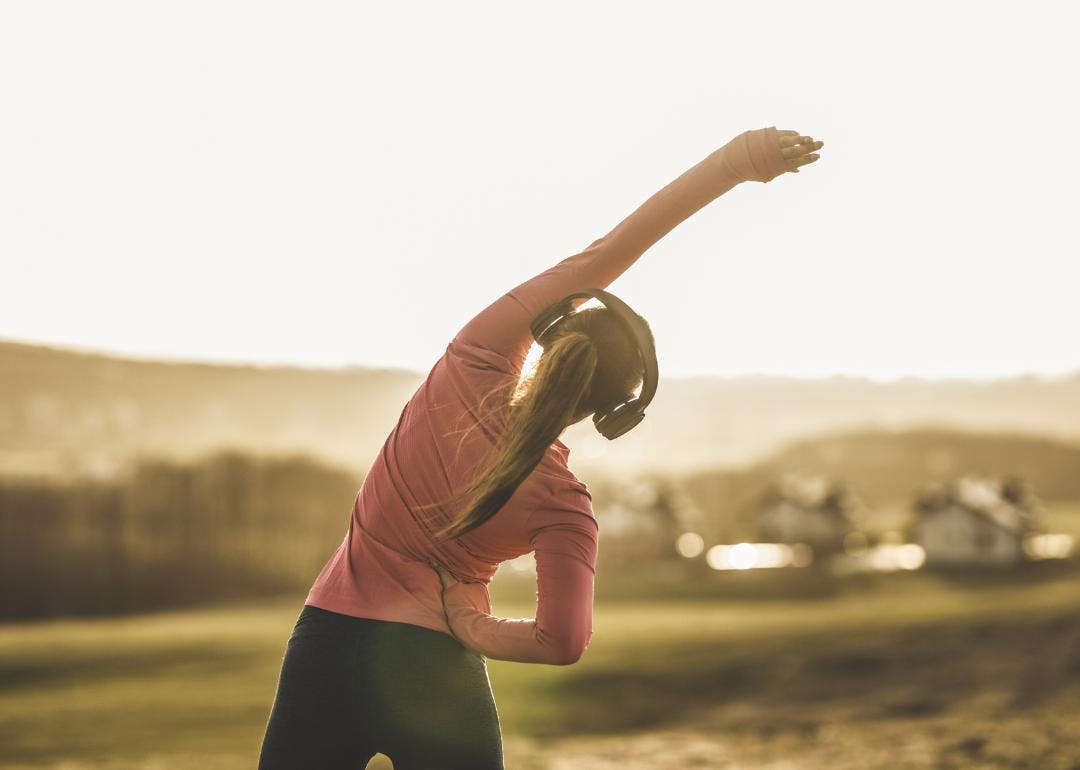
MilanMarkovic78 // Shutterstock
Keep a routine
Travelers often lament the need to return to their daily routines after a trip. Departing from everyday routines can bring its own perks. Shaking things up in a new destination may introduce invaluable additions to daily rituals. Greeting the sunrise with a chant needn’t only be done on a Hawaiian island. Sipping afternoon tea as they do in the U.K. is an excellent way to refocus. Sundowners, or ushering in the evening with a beverage, is a South African tradition that makes stepping away from work and reconnecting with loved ones extra special.
Maintaining daily routines during travel helps for staying grounded during a trip. When setting up the itinerary, make sure to include daily habits like meditation, workouts, and journaling. If you’re starting to feel “off,” do a check-in by evaluating your mind, body, and spirit. Getting back in step could be as easy as upping water intake, getting more vegetables, or going for a swim. Consider using apps targeted toward daily routines during travels. There’s nothing like a friendly cellphone beep nudging you to hydrate.

Breslavtsev Oleg // Shutterstock
Use wellness offerings at airports and hotels
For many travelers, the stress of the trip itself is something they’d like to erase from their memories. Some international airports have devised ways for travelers to achieve their inner zen, be it through a workout, spa treatment, or meditation sessions.
Travel site Netflights surveyed the world’s 25 busiest airports and ranked them for wellness. Airports were ranked based on services provided, including spas, access to massage, meditation/quiet spaces, prayer rooms, yoga classes, gyms, and running tracks. Getting the highest marks was Germany’s Frankfurt Airport—the world’s eighth-busiest airport—which offered nearly all the above except for running tracks and gyms. Following on its heels were Amsterdam’s Schiphol Airport and Dubai International Airport.
Stay at a hotel that features unique wellness offerings, and reawaken your love for a daily workout gone rote. Take a walking meditation along a labyrinth via one of four properties in the Zion Red Rock collection near Zion National Park, go water biking at One&Only Cape Town, or fly through the air with ease during a trapeze class at Club Med Punta Cana.
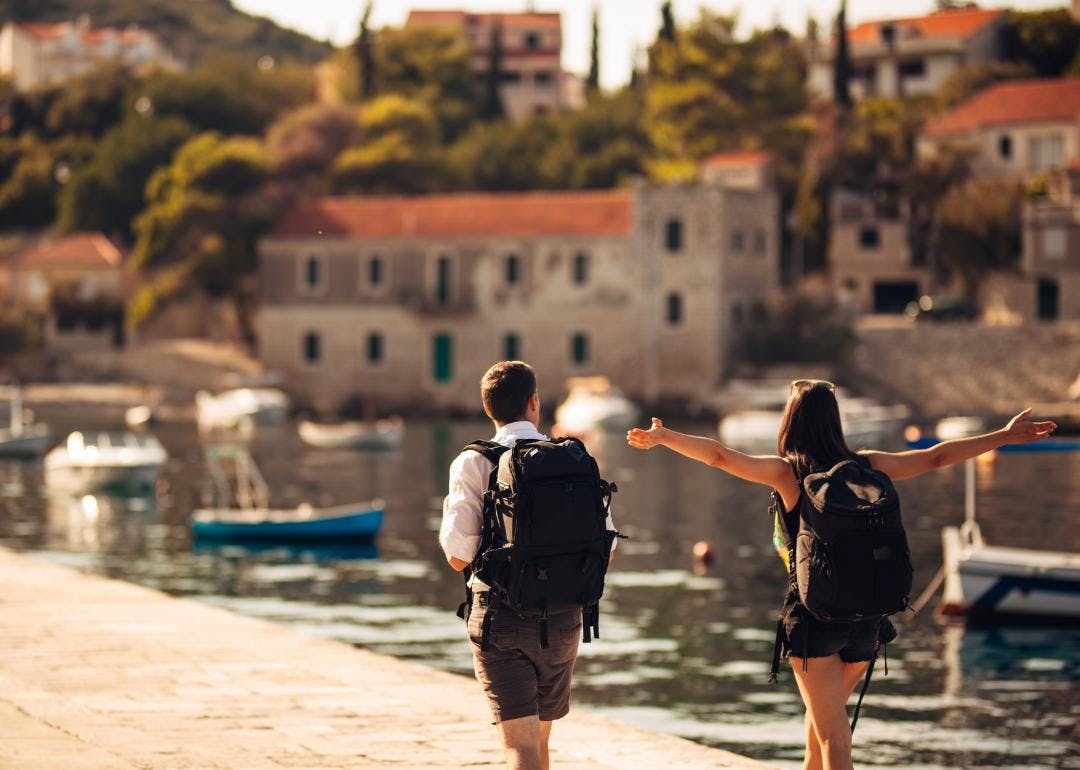
eldar nurkovic // Shutterstock
Practice mindfulness
A typical travel to-do list might go something like this: Walk up the Eiffel Tower, people-watch at Les Deux Magots, and wile away the afternoon at Bourse de Commerce. These are all excellent pursuits, but what’s missing? A prime component of solidifying memories: mindfulness.
It’s great to have an idea of all the aspects of a destination that you’d like to experience, but how do you want to feel? This is where setting intentions while mapping out itineraries comes in. During adventures, stop and savor the moment. Remember the smells, sounds, and tastes. Bring gratitude into the mix too. Getting to these magical moments took effort and sending out thanks, even to yourself, is affirming.
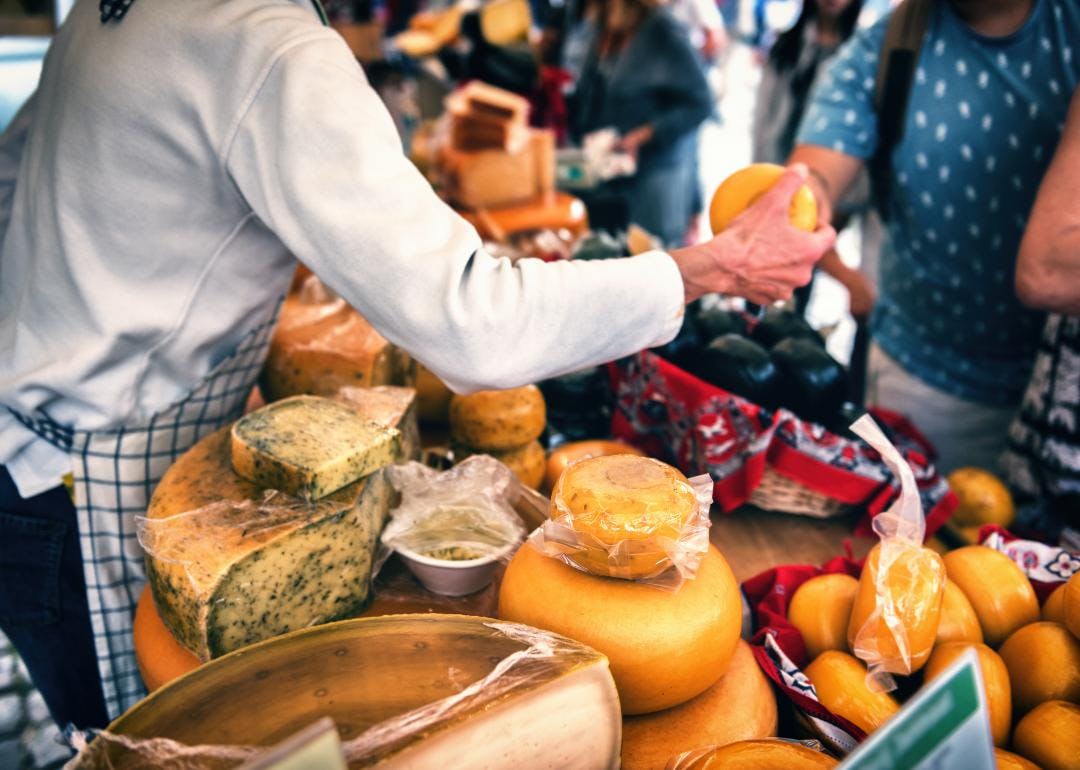
symbiot // Shutterstock
Meet the locals
It’s easy to get caught in the trap of seeing the “tourist” version of a destination. Of course, seeing iconic sights may be something dreamt of for years. Don’t miss out on the local flavor, though. Throwing a coin in the Trevi Fountain may assure a return visit to Italy, but is that what you will remember over discussing the virtues of Parmigiano Reggiano with the cheesemonger at Mercato dell’Unità?
The gifts that come from getting to know the people of a place—among them cultural immersion, authentic experiences, and new friendships—are bountiful. Going to farmers markets, attending concerts in nearby parks, striking up conversations with neighboring tables in restaurants, taking local transit, or using an app like Meetup are excellent ways to connect with the local community.
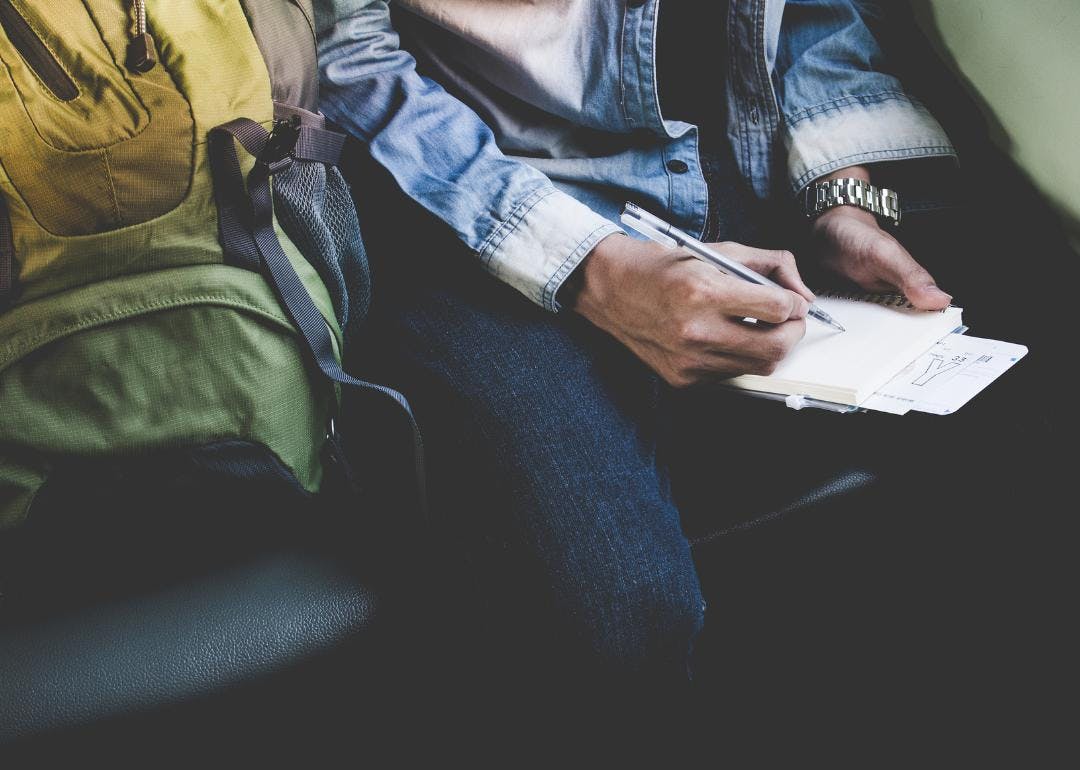
ShutterStockStudio // Shutterstock
Take fewer photos
It’s easy to get so caught up in travel photos and videos that you come away feeling like a mere observer. Don’t miss out on the moment in pursuit of the perfect Instagram post. Documenting travels can go beyond photos and become an art form unto itself.
See a collage from contemporary artist Peter Beard and it’s easy to become enraptured. Beard combined photos, drawings, diary entries, and objects (bottle caps, stamps, labels, etc.). Writing for Medium, Kyrie Gray explained her reasons for choosing to bring along a sketchbook in lieu of a camera while traveling. “Since you took the time to draw it, chances are it is a moment or thing you will want to remember,” wrote Gray, revealing how, through her drawings, she’s able to capture real moments and moods.
Find luggage storage in NYC
New York City is one of the world’s most popular travel destinations - and a difficult city to lug suitcases around. Find luggage storage in New York City using Bounce - the easiest way to store your luggage while travelling.
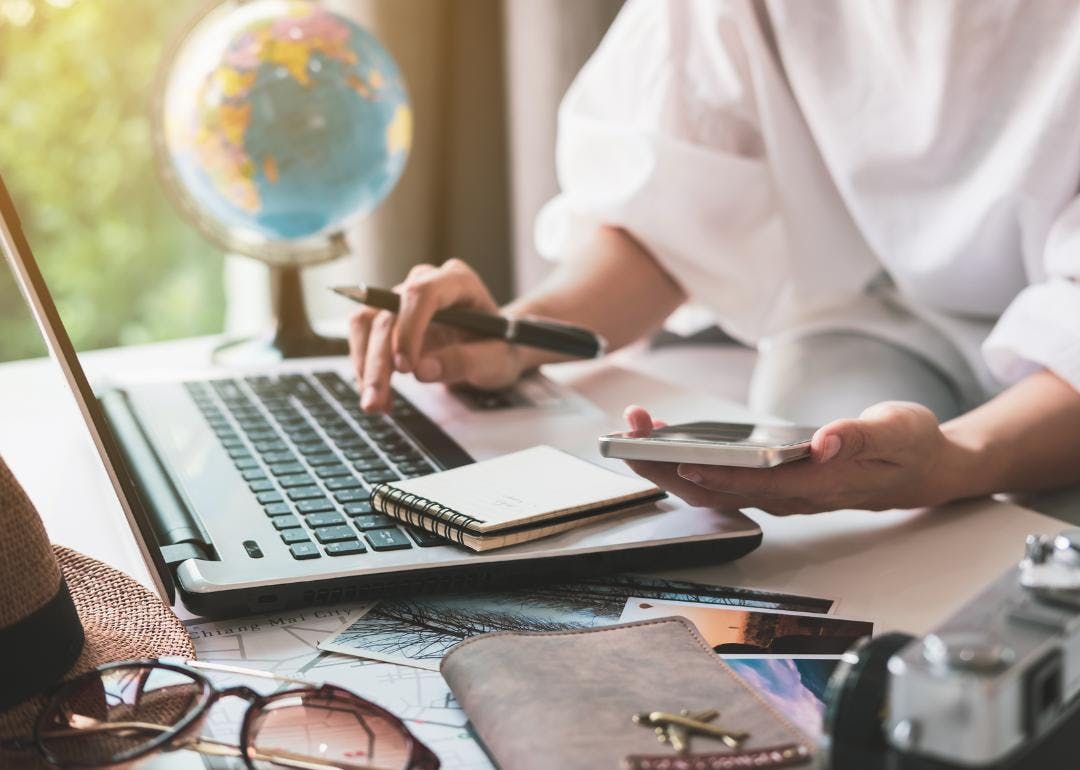
kitzcorner // Shutterstock
Relax, but avoid boredom
Have you ever returned from a vacation only to realize you don’t remember the trip? In an article for Psychology Today, Ian H. Robertson points to a reason for this: traveling on autopilot mode “due to lack of stimulation and challenge.” There’s a fine line between relaxing too much during vacation and overpacking itineraries. The solution, according to Robertson, is traveling with purpose.
This harkens back to setting intentions about how you want the trip to “feel.” Robertson also talks about personal goals during journeys, giving an example of following elements from a family tree to learn about the lives of ancestors, learning to cook Thai food, or experimenting with plein-air painting on the French Riviera. Whatever the mission, know that you’ll come away with memories, experiences, and a bounty of personal growth.

Love discounts and traveling?
Sign up for our newsletter and get 10% off your next booking.
